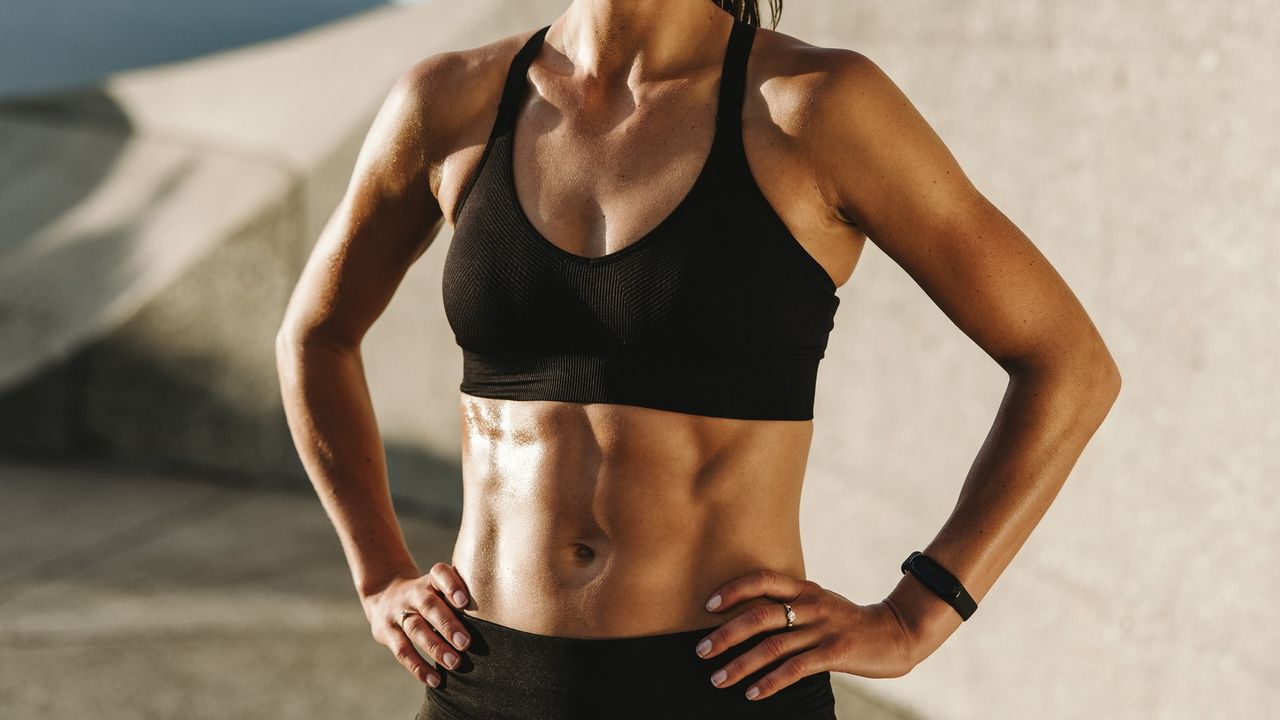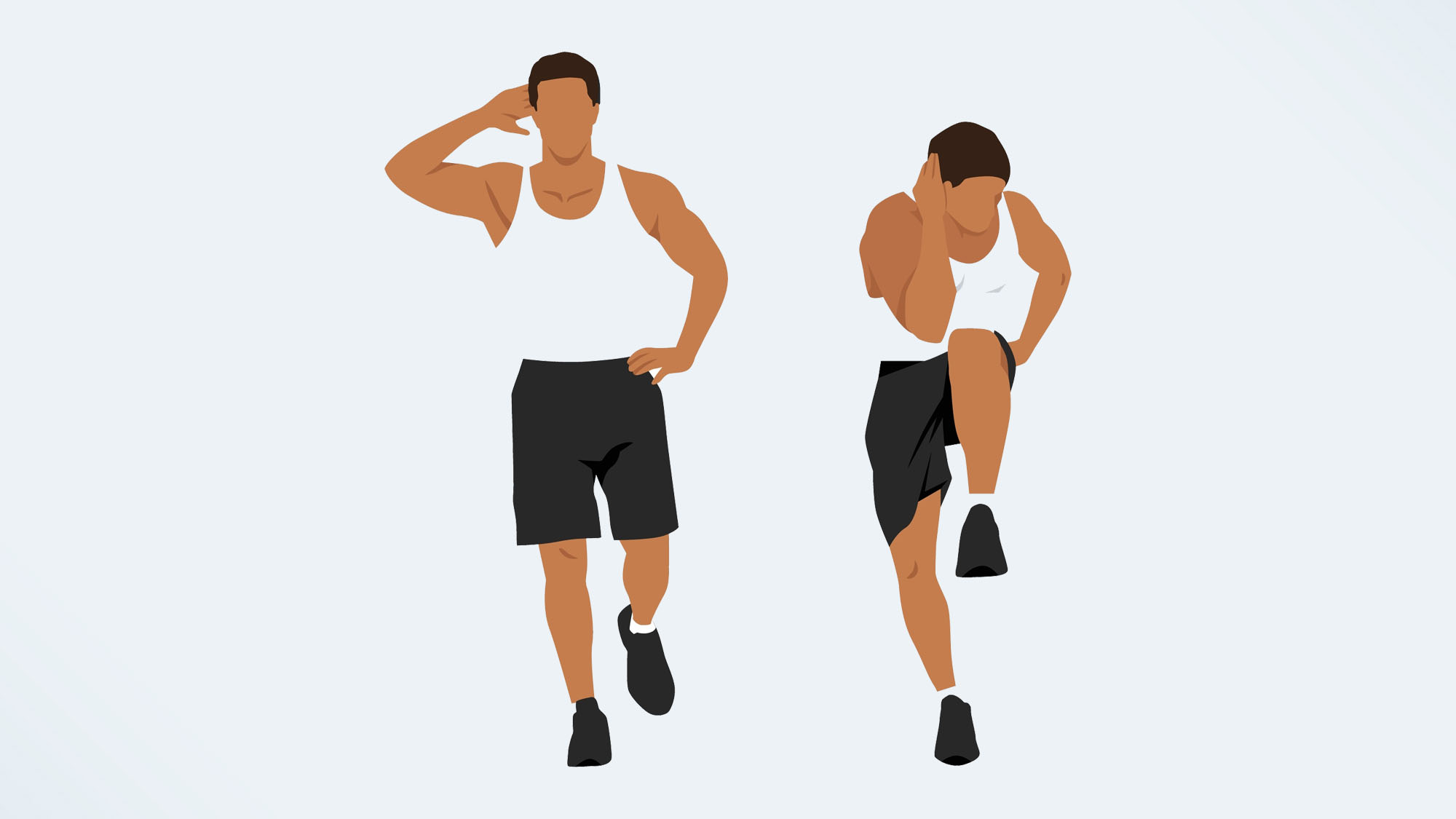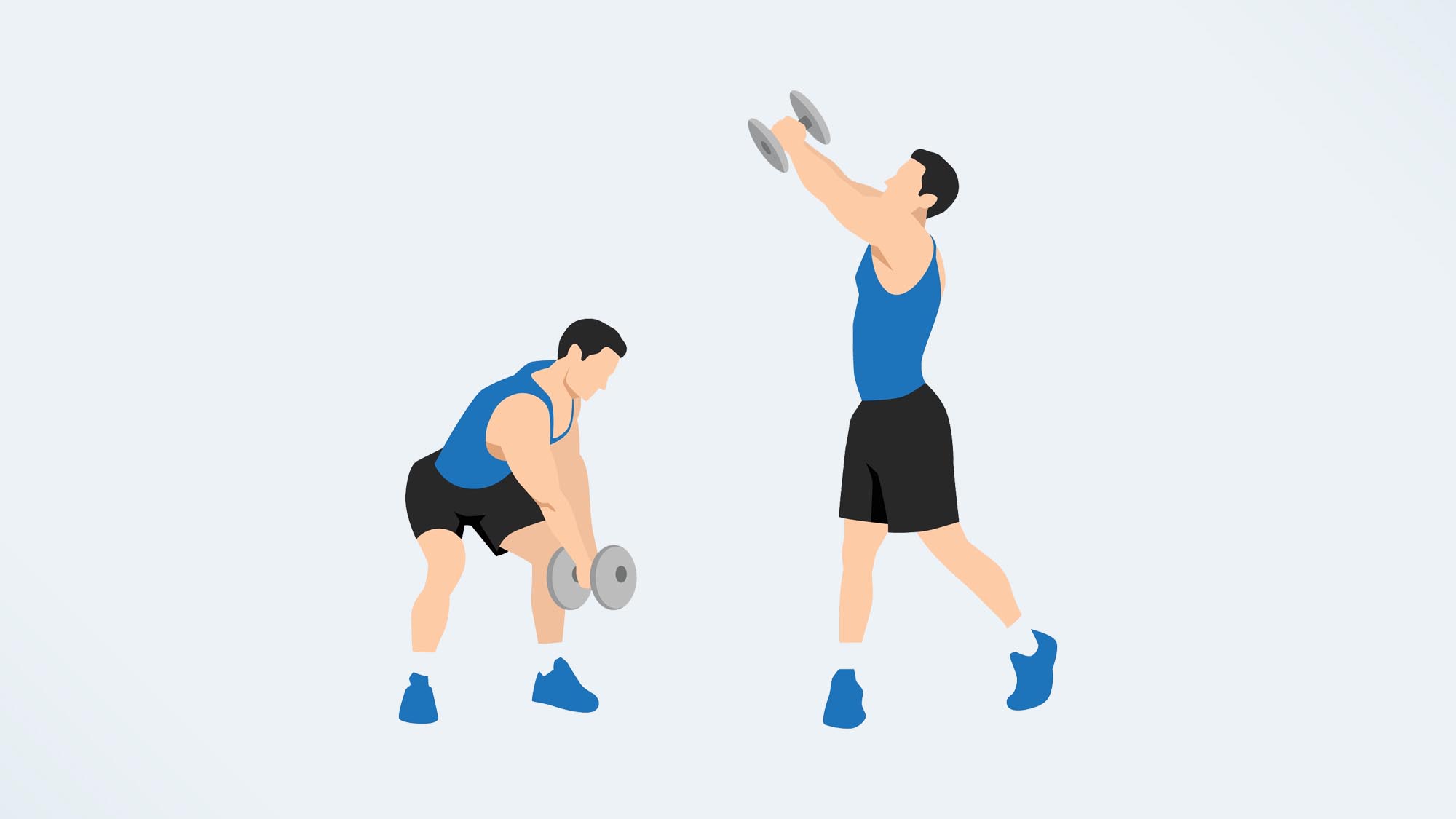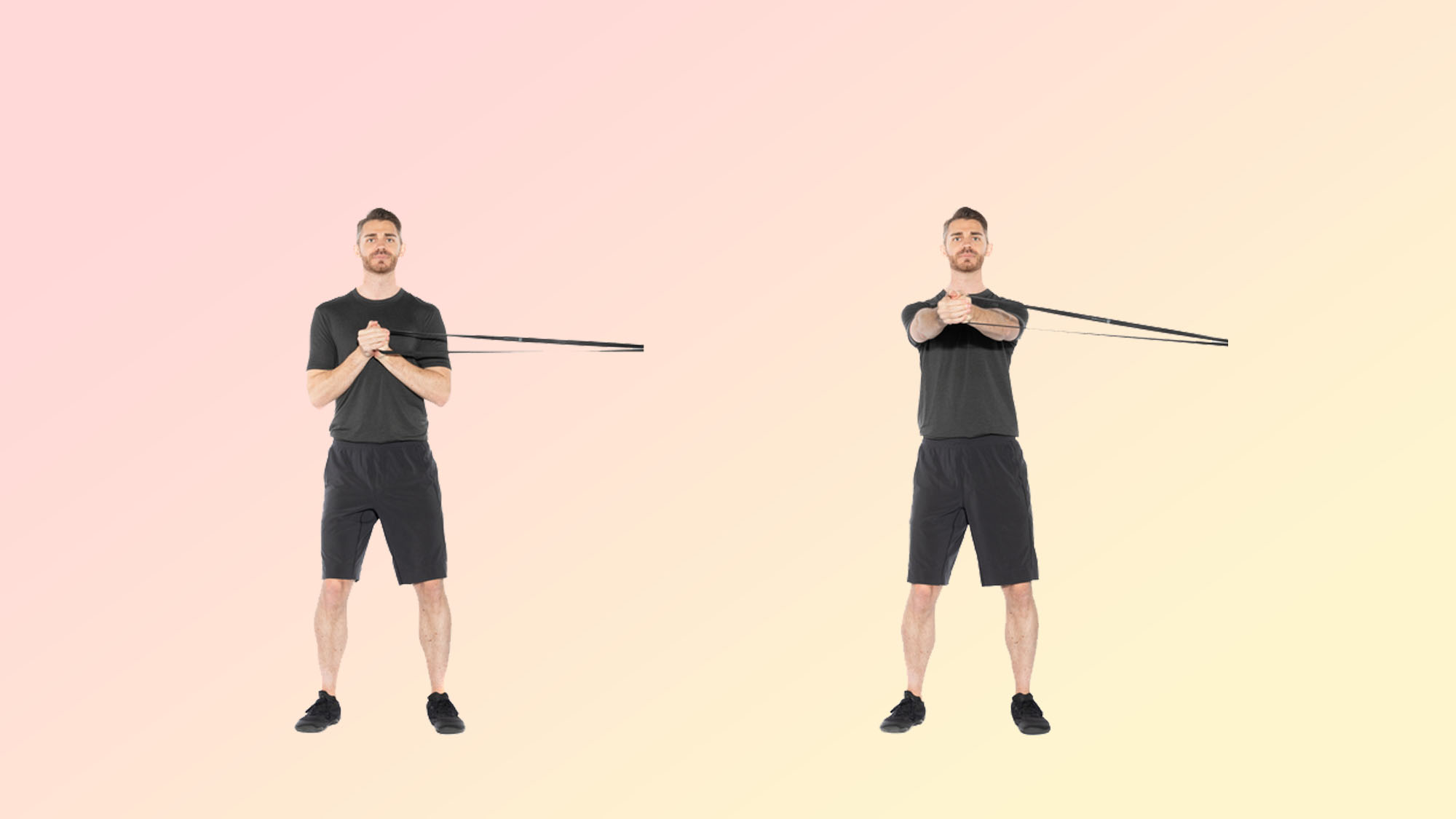
When you hear "ab workout," your mind probably goes to sit-ups and crunches, lying on your back. Yet research shows that these aren’t actually the best exercises for targeting the muscles in your midsection, and can actually be hard on your back, especially if completed without good form.
Since the birth of my son 18 months ago, I’ve suffered from lower back pain — perhaps due to the fact I’m often carrying a toddler around on one hip, or the fact I have always suffered from sciatica.
Either way, I’m now far more mindful of the exercises I use to work my core, and I’ve swapped sit-ups for the three following standing ab exercises, and have been pleased with the results.
As a reminder, what works for me might not be right for you and your body. If you’re a complete beginner, or you’re returning to exercise following a pregnancy or injury, it’s always a good idea to seek advice from a qualified professional before trying anything new.
What are the exercises?
Far from being an easy alternative, standing ab exercises often force your core to work harder, as you’re working against gravity to keep your torso upright. Your deep stabilizer muscles in your midsection will be working hard during these exercises.
The key, as always, is to move slowly and with control, keeping your core engaged throughout. Think about sucking your belly button into your spine, or bracing your core, as if someone were about to punch you in the stomach.
Here are the exercises I focused on:
1. Standing bicycle crunches

Why: The bicycle crunch challenges your rectus abdominis (the outer six-pack core muscles) and your obliques, as well as the hip flexors and glutes. Doing the exercise standing up is easier on your neck muscles than a traditional bicycle crunch.
- Stand with your feet hip-width apart and your core engaged.
- Place your hands lightly on your temples — remember, they should be resting, not pulling your neck during the exercise.
- Raise one foot off the floor and bring your knee up towards your chest.
- As your knee rises, contract your core and bring the opposite elbow down to meet it.
- Reverse the movement and return to your starting position, then repeat on the opposite side.
2. Standing wood chop

Why: This is a great functional exercise that mimics movements like bending and twisting to pick my toddler up out of the crib or car seat, or swinging a golf club, if that’s your vibe.
You’ll work your internal and external obliques and your deep transverse abdominis. To make the exercise harder, grab one of the best adjustable dumbbells and hold it with both hands for this exercise.
- Stand with your feet shoulder-width apart.
- Link both hands together, or if you can, hold a dumbbell with both hands.
- Lift the weight up and outside of one shoulder, and in one smooth, controlled motion, bring it diagonally down across the body to your opposite hip, twisting your torso as you do so.
- Keep your arms straight and control the movement.
- Lift the weight back to your starting position, and complete all your reps on one side before switching.
3. Pallof press

Why: The pallof press is one of the best exercises for building anti-rotation and anti-extension stability. This helps the core get stronger when standing, running, or lifting heavy objects. Expect to work your rectus abdominis, obliques, erector spinae (spine stabilizers), transverse abdominis, and gluteal muscles, as these will stabilize your pelvis throughout.
- Hold a dumbbell with both hands in front of your torso.
- Engage your core and stand tall with your shoulders relaxed away from your ears. Softly bend your knees
- Without twisting toward your anchor point, press the dumbbell away and extend both arms. Keep your hips square
- Pause and hold for five seconds while focusing on your breath
- Re-bend your elbows and control the weight back into your chest.
Here’s what happened to my core strength and spine
I swapped my sit-ups and crunches for these four standing ab exercises for a month, and immediately noticed a difference in my core. Without any strain on my neck or back, I was able to really focus on isolating and engaging my core, and did each exercise for a minute, with a 60-second woodchop on each side. I’d repeat the circuit three times through for a 12-minute ab workout.
The standing exercises mimicked movements I do every day, like lifting my toddler or carrying heavy bags of shopping from the car. Unlike crunches, my lower body and upper body were getting a workout too — I could definitely feel the pallof presses and woodchops in my upper body the next day, and was able to increase the weight of the dumbbell I was lifting over the month.
Finally, I noticed that my heart rate increased more than in a typical ab session. These moves are more dynamic than crunches and sit-ups; keeping an eye on my heart rate on my Apple Watch 11, I could see I was getting more of a workout than I would during isolated floor exercises.
Four weeks later, my core feels stronger, and my back pain has reduced, so forget sit-ups for good and give standing ab workouts a try.
Follow Tom's Guide on Google News, or add us as a preferred source, to get our up-to-date news, analysis, and reviews in your feeds. Make sure to click the Follow button!
More from Tom's Guide
- No crunches, all abs: This 5-move standing workout shreds your core with just a dumbbell
- These 7 standing ab exercises target your core without a single sit-up or crunch — and they’re great for your posture too
- This 20-minute full-body dumbbell workout is designed to build lean muscle and boost power







